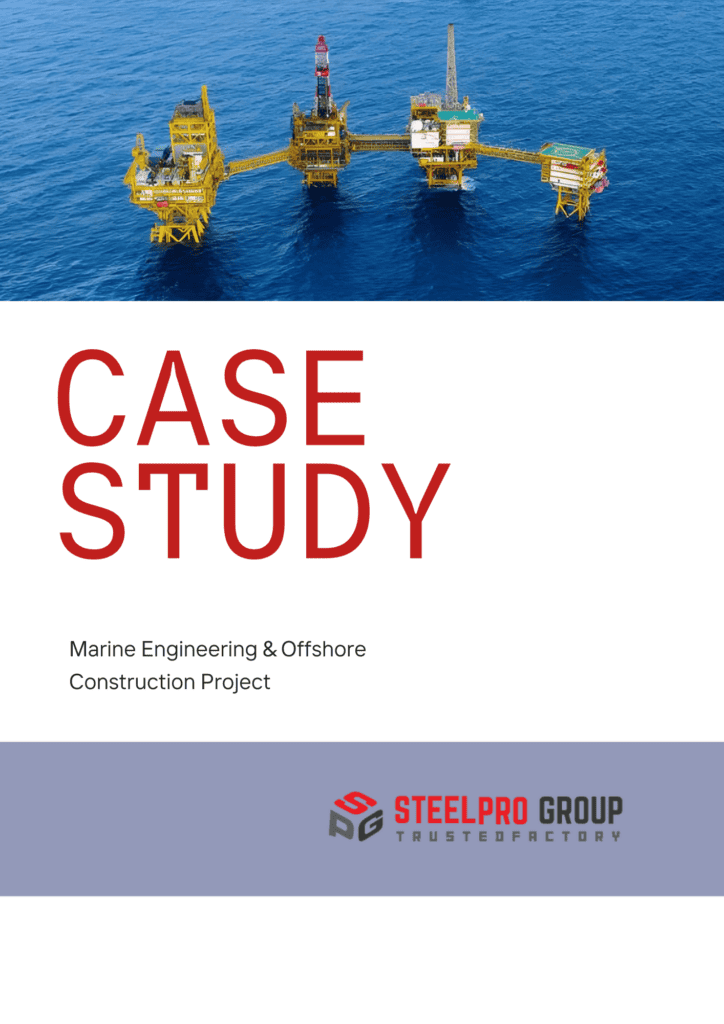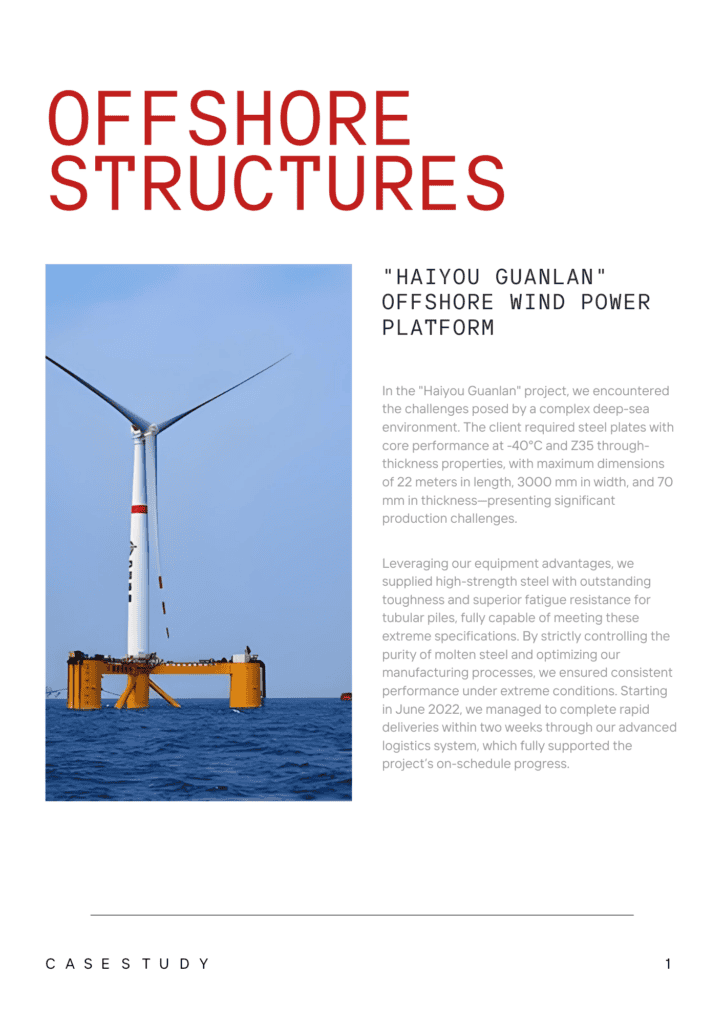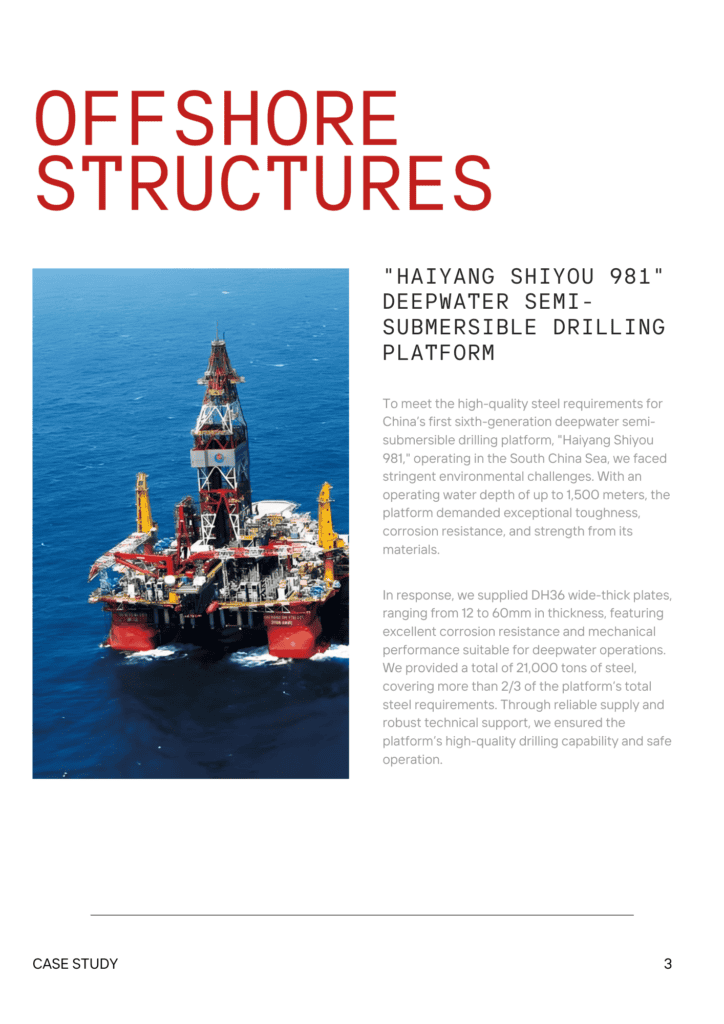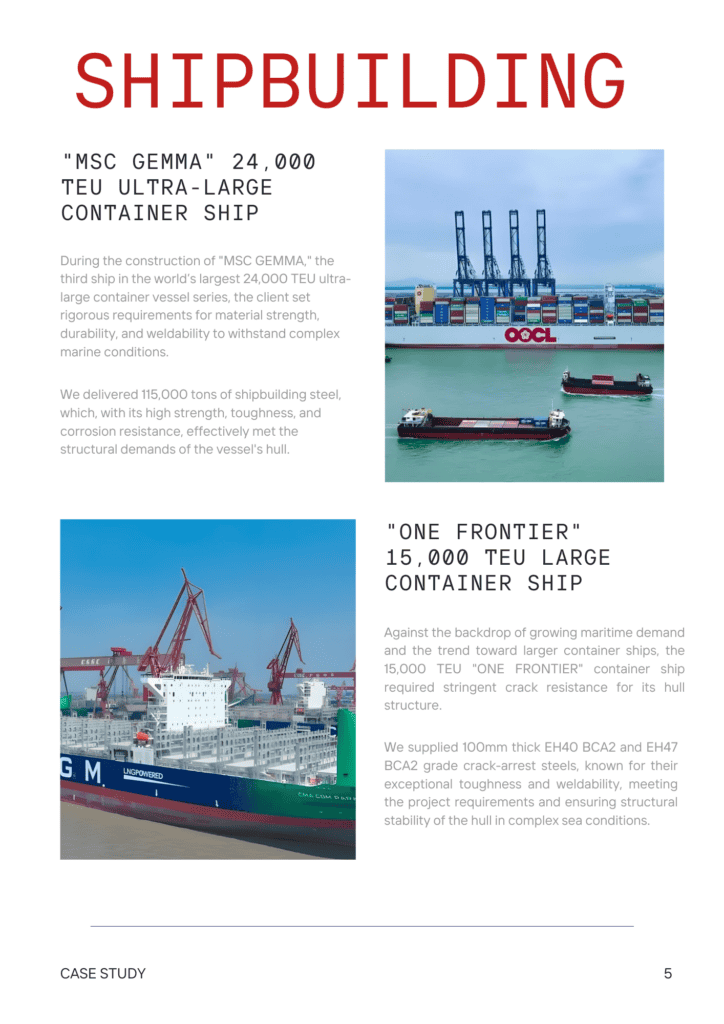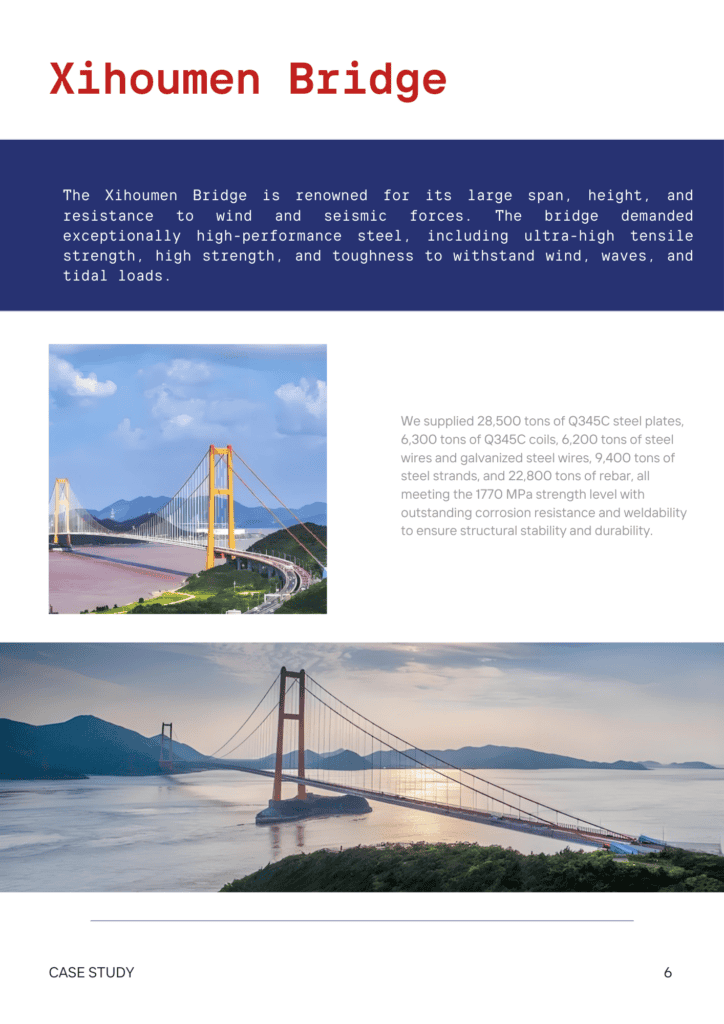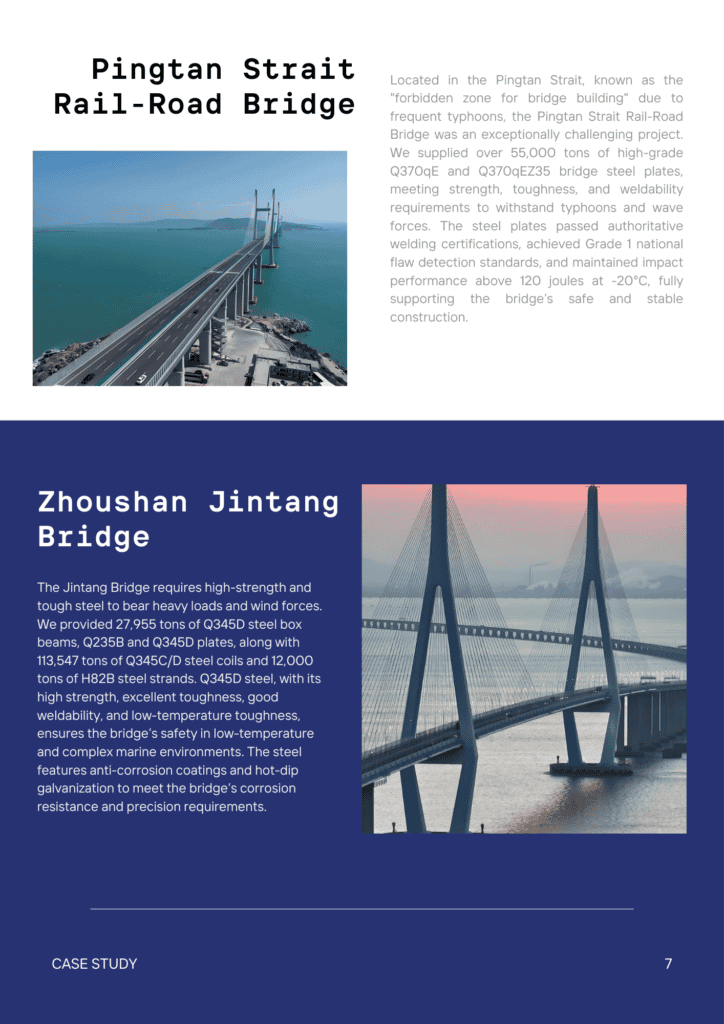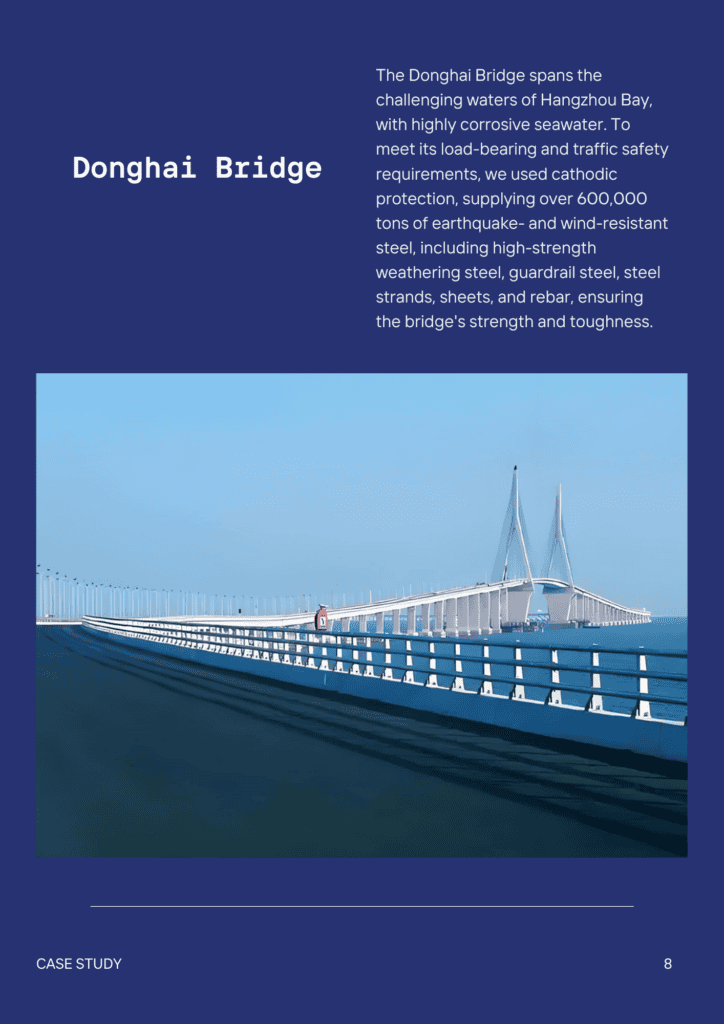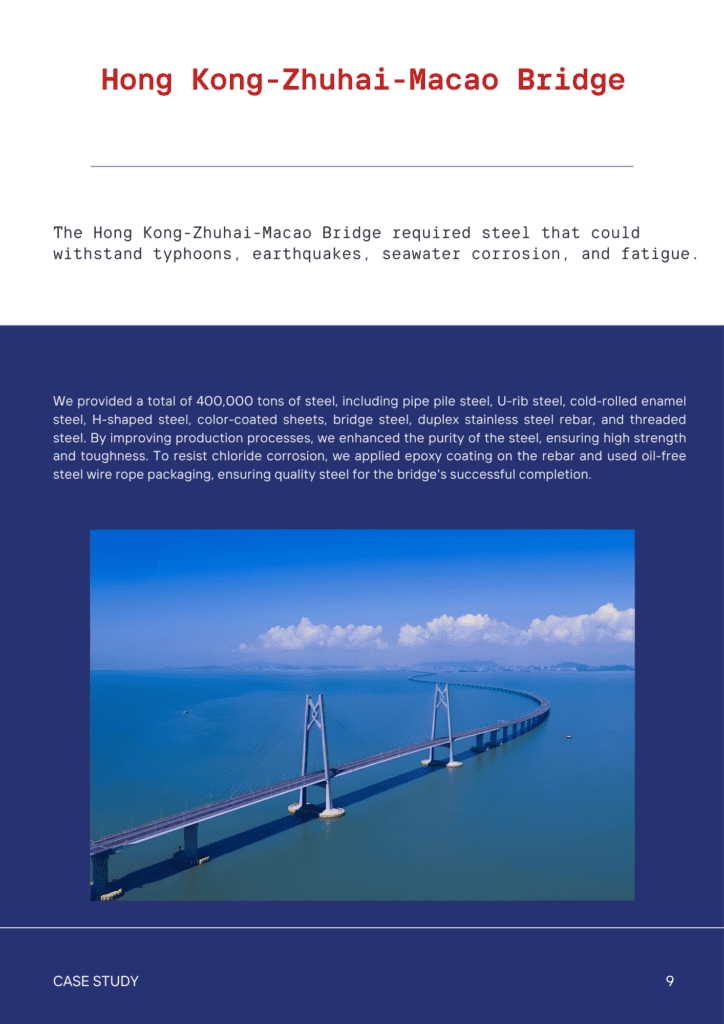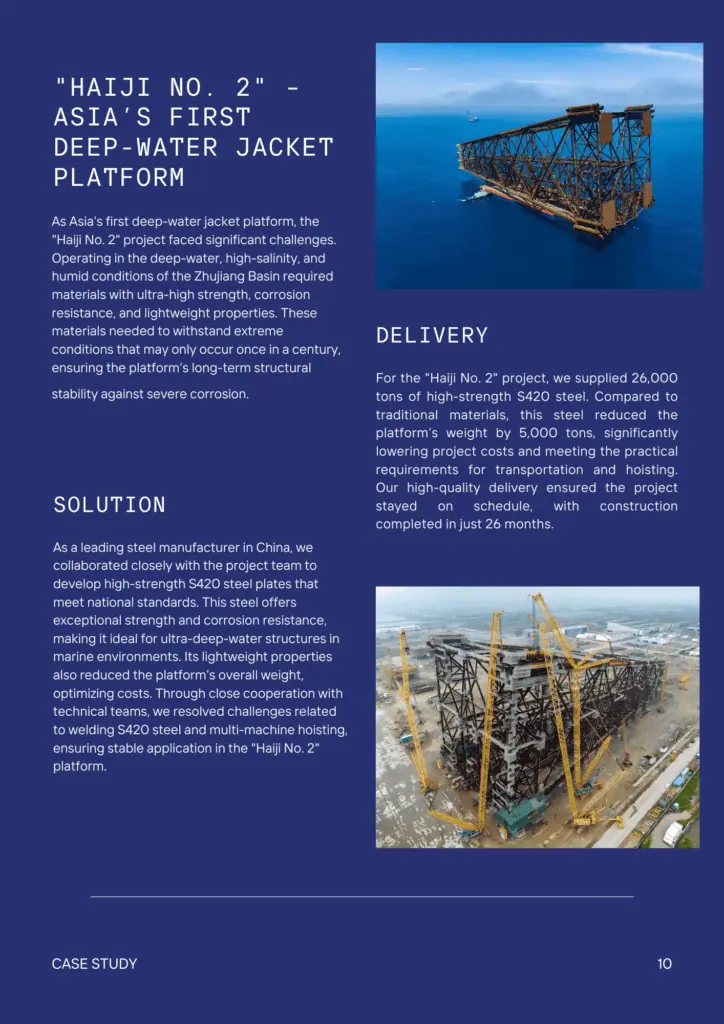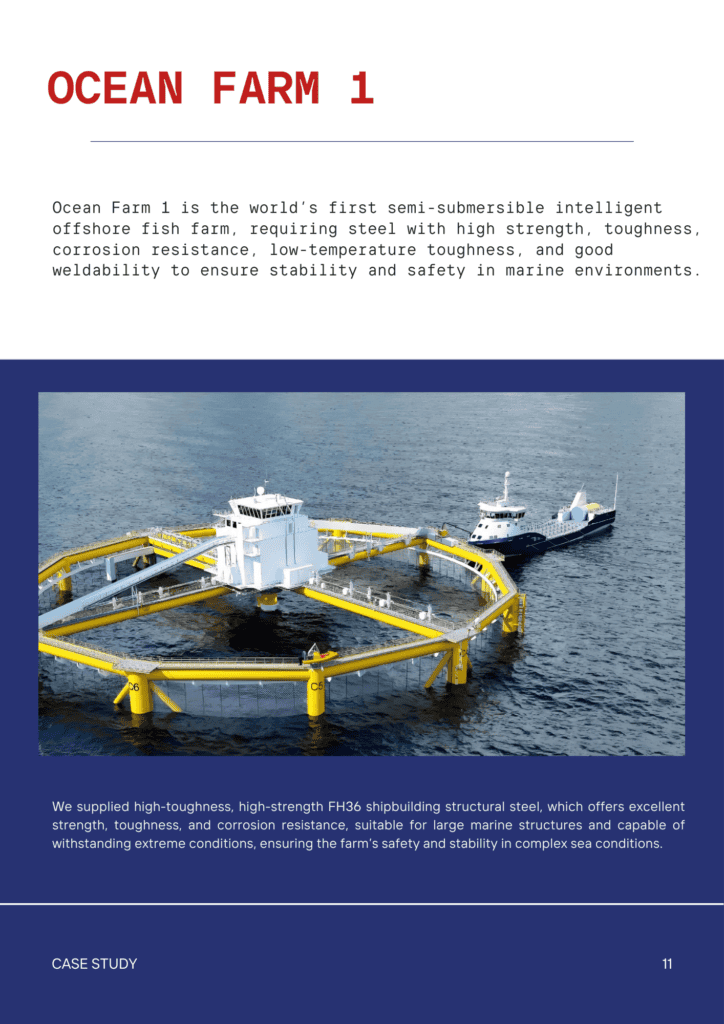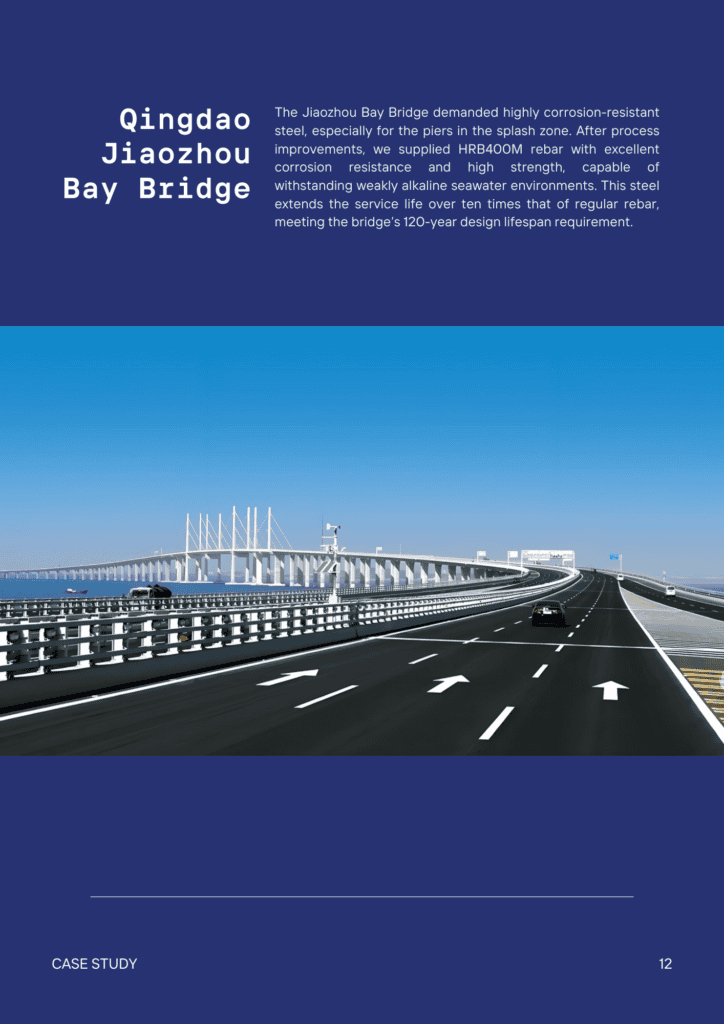Contents
Press Hardened Steel | PHS Steel For Automotive
- John
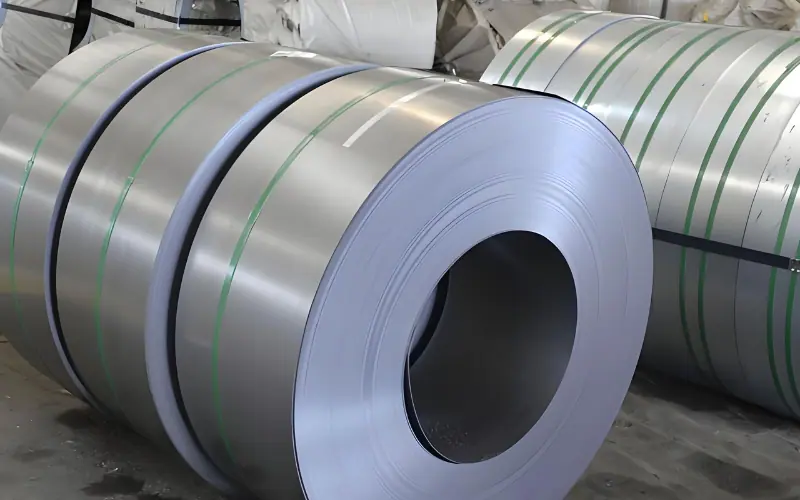
Press-hardened steel (PHS) is an advanced material widely used in modern manufacturing and automotive engineering. Renowned for its high strength and exceptional formability, PHS has become a preferred choice for components requiring a strong, lightweight structure.
This guide delves into the fundamentals of press-hardened steel, exploring its mechanical properties, production processes, applications, and benefits for today’s industries.
What Is Press Hardened Steel?
Press Hardened Steel (PHS), also called hot-stamped or hot-formed steel, is a type of ultra-high strength material. This steel is characterized by its excellent strength-to-weight ratio and ability to form complex geometries. It is commonly used in A- and B-pillars, bumper reinforcements, and crossmembers.
The press hardening process makes it possible to shape ultra-high strength steel into intricate, durable parts that would be difficult or impossible using conventional cold forming methods.
The manufacturing process involves heating the steel blank to around 900°C, forming it while hot, and rapidly quenching it in cooled dies. This heat treatment transforms the steel’s microstructure into a fully martensitic state, providing extremely high strength and enhanced wear resistance. Welding of PHS is also highly effective, with good compatibility across various joining techniques.
Press Hardened Steel Chemical Composition
Press-hardened steel is primarily composed of a low-carbon, manganese-boron alloy. Carbon content is relatively low, ensuring the steel remains ductile enough to be formed before heat treatment. Manganese is added in greater amounts, which enhances both durability and robustness while preserving effective welding characteristics.
The critical element in the composition is boron, typically present in small quantities ranging from 0.002% to 0.004%. Even this tiny addition has a significant effect, improving the steel’s hardenability. During the press hardening process, boron helps ensure that the steel can fully transform into martensite, the microstructure responsible for the material’s exceptional strength and durability.
Press Hardened Steel Mechanical Properties
- High Tensile Strength
The tensile strength of press hardened steel can reach up to 2000 MPa, making it one of the strongest options for structural applications.
- Exceptional Yield Strength
A typical yield strength of around 1000 MPa allows the steel to withstand heavy loads without permanent deformation.
- Durability and Hardness
The fully martensitic microstructure achieved through rapid cooling provides excellent hardness and resistance to wear, ensuring long-lasting performance even under challenging conditions.
- Dimensional Accuracy and Stability
Unlike conventional steels, press-hardened steel experiences little to no spring back after forming. This ensures components maintain precise dimensions and fit correctly into complex assemblies.
- Temperature-Dependent Formability
At elevated temperatures, press-hardened steel becomes highly formable, enabling the creation of intricate shapes and designs that would be impossible with traditional cold-forming processes.
The Press Hardening Process
Direct Process
The blank is uniformly heated to around 900°C, allowing the steel’s microstructure to fully austenitize. Once the blank reaches the desired temperature, it is rapidly transferred to the forming die. While still hot, the steel is shaped into its final geometry. At the same time, the die cools the material quickly to lock in its high-strength martensitic microstructure.
This approach allows for complex part designs and uniform material characteristics throughout the entire part.
Indirect Process
The indirect process starts by forming the steel blank at room temperature. After the initial shaping, the steel is trimmed and punched to its near-final dimensions. The blank is then reheated and rapidly quenched in a cooled die, which transforms the steel into a fully hardened state.
This process is often chosen for parts with challenging geometries or when a specific coating is required.
Key Steps in the Press Hardening Process
- Forming and Quenching: In the direct process, the blank is formed while hot and immediately quenched in the die. In the indirect process, forming occurs first, followed by reheating and quenching.
- Cooling Control: The die’s cooling system ensures that the steel cools rapidly and evenly. This controlled cooling is critical to achieving the desired hardness and strength.
Press Hardened Steel Applications
Press-hardened steel is a critical material in the automotive industry, especially for safety-critical components. Its high strength, dimensional accuracy and ability to form complex shapes make it well-suited for crash-resistant structures. Key applications include:
- A- and B-Pillars
- Door Reinforcements and Side Impact Beams
- Crossmembers and Roof Rails
- Bumpers and Crash Management Systems
- EV Battery Protection Components
Benefits of PHS for the Automotive Industry
Safety Improvements
PHS components enhance crash performance by efficiently absorbing and transferring impact forces. Their high strength ensures that safety-critical structures like A- and B-pillars remain intact, contributing to better passenger protection.
Lightweight Construction
The exceptional strength of PHS allows for thinner and lighter parts, which helps lower a vehicle’s overall weight. This reduced weight enhances energy efficiency and reduces pollutants, meeting increasingly stringent regulatory requirements.
Streamlined Production
By facilitating the creation of complex shapes, PHS eliminates the need for multiple parts and welds. This simplification in manufacturing reduces assembly time and enhances the overall quality and consistency of vehicle structures.
Cost Efficiency Over Time
Although PHS requires advanced production methods, its lightweight nature and ability to consolidate components result in material savings. Additionally, the durability and long lifespan of PHS parts reduce maintenance and replacement costs over the vehicle’s lifecycle.
Explore Automotive Steel Solutions with SteelPro Group
SteelPro Group provides a comprehensive range of automotive-grade steels designed for body structures and reinforcement components, like DP590, DP980, and TRIP780. Our products are available with a variety of coating options, including AS, GI, GA, and GP, ensuring reliable performance under diverse conditions. Additionally, we offer a material application database to support your development needs.
Contact SteelPro Group today to explore how our advanced steels can enhance the safety, strength, and efficiency of your automotive projects.



